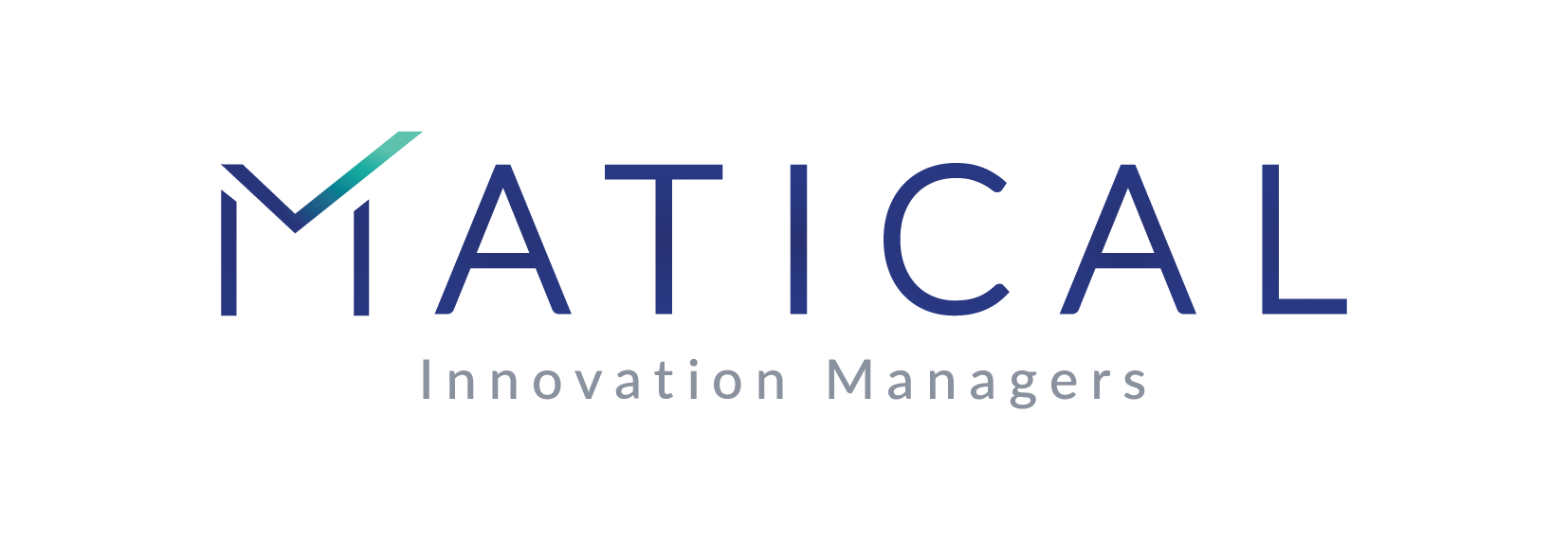The EU Hydrogen Strategy aims for a significant increase in renewable hydrogen production, targeting the installation of at least 40 GW of renewable H2 electrolysers by 2030. To support this goal, a new project is developing advanced alkaline water electrolysis (AWE) systems that integrate traditional techniques with modern advancements in materials science, catalyst design, and process engineering. This initiative seeks to overcome current limitations such as efficiency, system lifespan, and gas crossover issues in AWE technology. The project is focused on creating a technically sophisticated yet economically feasible system for large-scale use. Innovations include the use of efficient, earth-abundant layered double hydroxides (LDH) catalysts, produced via a straightforward method, as a sustainable alternative to expensive noble metals. The project will also pioneer a scalable method for embedding these catalysts directly into porous transport electrodes used with commercial separators. Further, the development of triple-phase boundary electrodes will enhance the interplay between substrates, catalysts, and separators, improving thermo-mechanical stability. Diagnostic advancements will also be made with the adaptation of Raman spectroscopy for precise stability assessments of electrodes. This technology will be progressively scaled up from smaller single cells to a 6-cell stack, demonstrating its potential to enhance the commercial viability of green hydrogen production.













